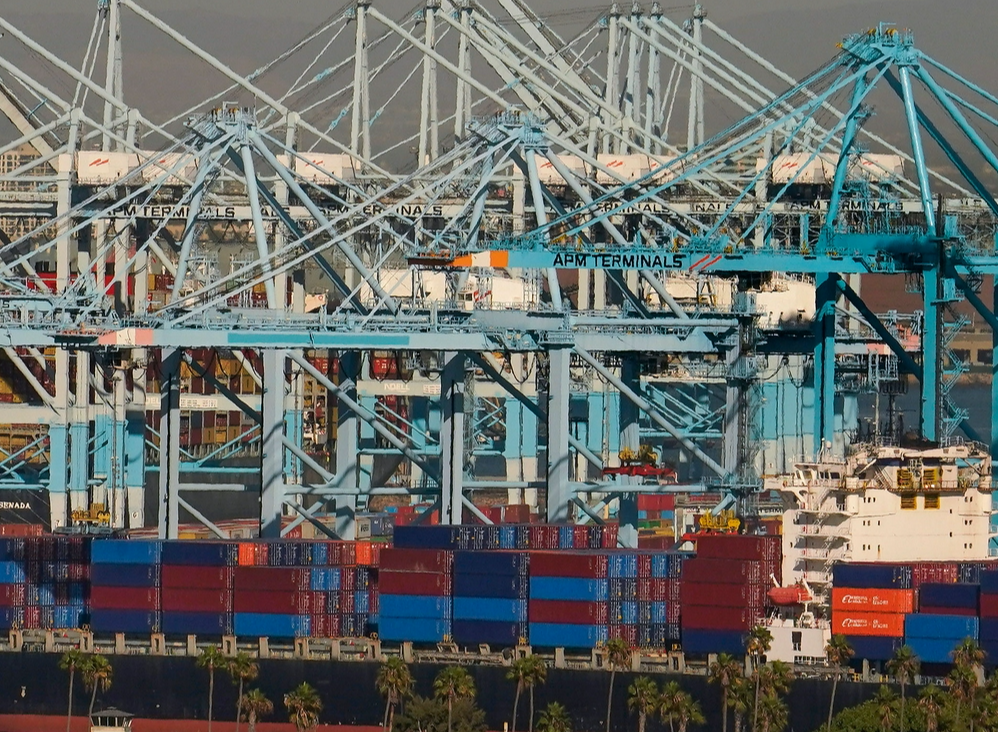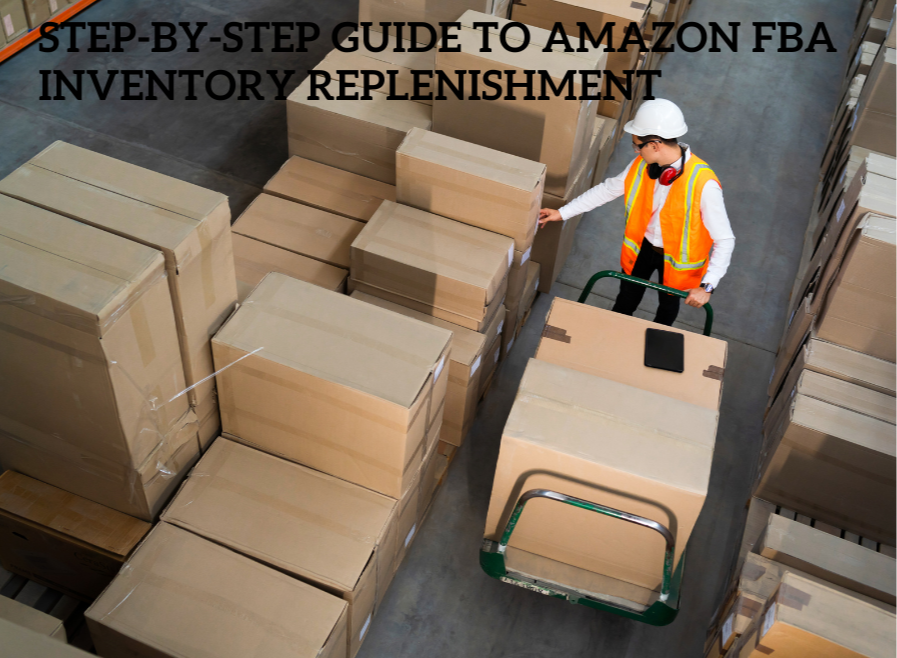FBA LCL Quote
FBA 40HQ FCL Quote
In the intricate world of logistics, understanding freight costing is crucial for businesses to manage their shipping expenses effectively. This comprehensive guide delves into the key factors that influence freight costs and how companies can optimize their shipping operations to reduce expenses while ensuring efficiency and compliance with international standards.
https://globalshippingauto.com/fcl-shipping-from-china
Freight Costing Essentials: Crucial Factors That Impact Shipping Expenses
- 1. Weight and Volume of Shipment
The cost of freight is significantly influenced by the weight and volume of the cargo. Shipping carriers typically use the greater of the actual weight or dimensional weight (a calculation that considers the volume) to determine shipping costs. Heavier and larger shipments generally lead to higher costs.
- 2. Distance and Route
The distance between the shipping origin and destination plays a pivotal role in determining freight costs. Longer distances mean higher fuel costs and possibly higher tolls and transit fees, especially for intercontinental shipments. Additionally, the chosen route can affect costs; routes with fewer obstacles or lower risk typically cost less.
- 3. Mode of Transportation
Different modes of transport—including air, sea, rail, and road—vary in cost, speed, and reliability. Air freight, while fast, is often the most expensive. Sea freight offers a cost-effective solution for non-urgent, large-volume shipments. The choice depends on the balance between cost and urgency.
- 4. Fuel Prices
The fluctuation of fuel prices can directly impact freight costs. Higher fuel prices increase the operational costs of shipping carriers, which are usually passed on to the shipper.
- 5. Type of Goods
Shipping costs also vary depending on the type of goods being transported. Fragile, perishable, or hazardous materials require special handling and packaging, increasing the costs. Furthermore, valuable goods might need additional security, further driving up the price.
- 6. Market Demand
The principles of supply and demand also play into freight costs. Peak shipping seasons can lead to higher costs due to increased demand for transportation services. Conversely, during off-peak times, carriers may lower prices to attract more business.
- 7. Insurance and Security
Insurance costs, which protect against the loss or damage of goods during transit, contribute to the overall shipping expenses. Additionally, higher-risk routes might necessitate enhanced security measures, adding to the cost.
- 8. Customs and Tariffs
International shipments can incur customs duties and taxes, which vary by country and the nature of the goods. Navigating these regulations and managing the associated costs is critical for global shippers.
- 9. Technology and Tracking
Investing in advanced tracking and logistics management systems can initially increase costs but potentially lead to savings through better route planning and efficient management of shipments.
- 10. Environmental Regulations
Global efforts to reduce environmental impact affect shipping practices. Compliance with emissions regulations can introduce additional costs, especially for older fleets needing upgrades or replacements.
How to Save on Freight Costs
1. Consolidate Shipments: Combining smaller shipments into one larger shipment can reduce costs significantly.
2. Choose the Right Mode of Transportation: Evaluate whether sea, air, rail, or road is the most cost-effective for your needs based on the cargo size and urgency.
3. Optimize Packaging: Use packaging that fits your product snugly without extra weight or bulk to reduce dimensional weight charges.
4. Negotiate with Carriers: Leverage your shipping volume to negotiate better rates with freight carriers.
5. Plan in Advance: Avoiding last-minute shipments can help reduce expedited shipping costs.
6. Use a Freight Exchange: Utilize online platforms where companies bid for your logistics business, potentially lowering costs.
7. Analyze and Optimize Routes: Regularly review shipping routes and times to find more efficient or cost-effective options.
8. Outsource to a Freight Forwarder: A skilled freight forwarder can often secure lower rates due to their volume and relationships with carriers.
Implementing these strategies can help reduce overall shipping expenses while maintaining efficiency.
Conclusion
Managing freight costs effectively requires a comprehensive understanding of these factors and a strategic approach to logistics planning. By optimizing each aspect of the shipping process, from choosing the right transport mode to managing supply chain logistics, businesses can significantly reduce their shipping expenses while maintaining efficiency and compliance. This not only supports cost savings but also enhances the sustainability and reliability of supply chain operations.
Navigating freight costs is complex but essential for businesses looking to optimize their operations in an increasingly global market. Understanding these crucial factors helps in making informed decisions that align with both financial objectives and operational needs.



